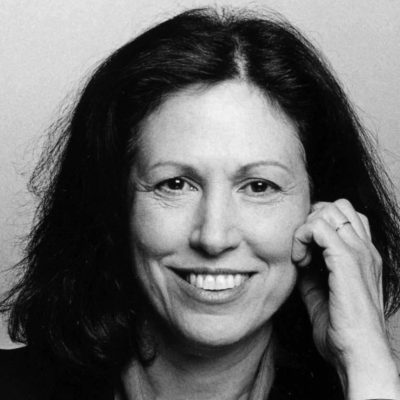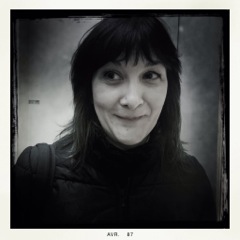Beryl Korot in conversation with Neus Miró
Friday 26 May 2017, 10 — 11 am

In the words of Neus Miró
Beryl Korot works in multiple disciplines such as painting, editing, writing and music. She is recognized for her pioneering contributions to video art and the multi-channel installation format.
Korot studied Literature at the University of Wisconsin and moved to New York in the late 1960s, where she began working at the New York Review of Books. At the same time, she started making her first video works, while collaborating with like-minded artists and friends, including Ira Schneider, Frank Gillette or Phyllis Gershuny.
In the spring of 1970 this group began drafting a publication to be distributed among the New York based video community, which was to address both technical and analytical subjects. With the name of Radical Software, the magazine’s first volume came out in June 1970. The project ran until the summer of 1974, after the release of eleven successful issues. The purpose of this publication was “to bring together people who were already making their own television, [and] attempt to turn on others to the idea as a means of social change and exchange (…).” All issues of Radical Software are now accessible online.
In those years Korot was fully immersed in the community of artists who had adopted video as a creative medium. Along with Ira Schneider, in 1976 she co-edited Video Art. An Anthology, likely the first compendium of video in America.
Korot was especially interested in those video works that used multiple channels, in this way offering a real alternative to the television format. As she stated in an interview, she was drawn to multiple channel “because it forced the viewer to leave the living room and join others in a public space to experience new ways of receiving information. Through the juxtaposition of monitors it was possible to expand the relatively small television image, to play with the temporal relations between the different screens, and to introduce modifications and delays between the image that was recorded live and its broadcast.”
A year after the creation of Lost Lascaux Bull and Invision, two single-channel works that were both completed in 1973, Korot made Dachau 1974. At that time, Korot was simultaneously working as co-editor of Radical Software, and experimenting with video and fabrics.
A four channel installation, Dachau 1974 followed the same principle that, for Beryl, governed both the loom and the early computer: “both program a pattern that follows a numerical structure”.
The images shown in Dachau 1974 were shot in the former concentration camp in Germany. The work is organized into four different channels, and presents the space of Dachau through specific temporal patterns.
It was through the publication of Radical Software and the production of video installations such as Dachau 1974 that Beryl Korot laid the foundations for her later works.



